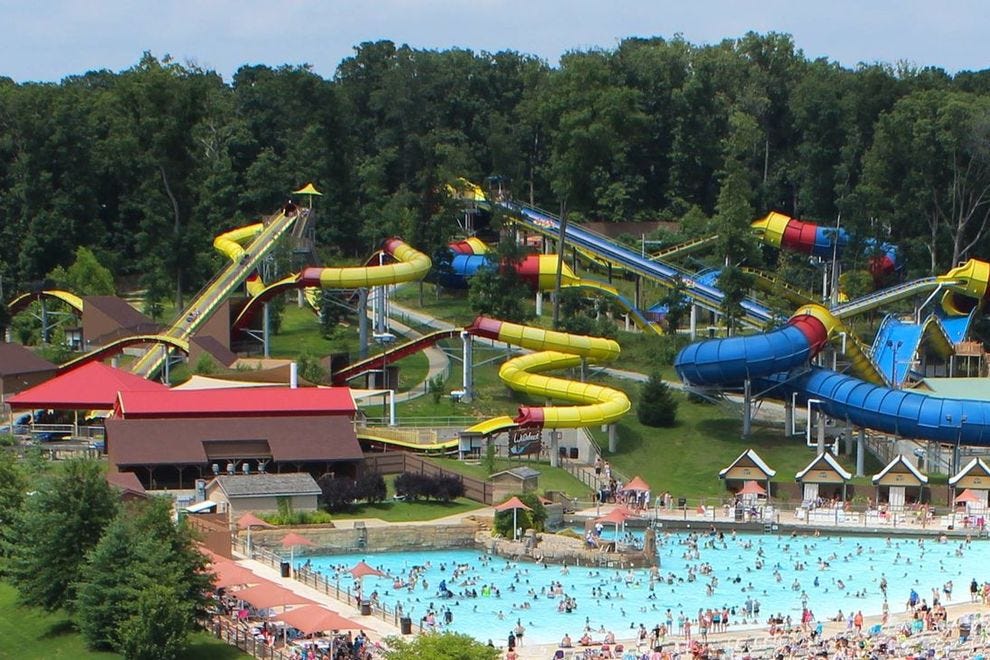
I say “usually” because if the tracker becomes miss-positioned, is under a tree, runs short of battery life, or is lost, then the signal doesn’t work. The tracker updates usually every 10 minutes by sending a signal to a satellite. We keep track of each boat through a tracking device mounted on each. The lake, however, is not without its own hazards and some racers become lost in the lake necessitating rescue efforts. Remember, at this point the racers have been on the river for more than 24 hours and some for three days. Racers often opt to exit the river and proceed down one of these channels into the lake in order to avoid the frequent, long logjams on the river, which require lengthy and arduous portages. There are several channels between the river and the lake. Halfway from the prior checkpoint is a lake aptly named Alligator Lake. The checkpoint is below one of the most difficult portions of the race, a section that offers the racers a myriad of choices at a time they aren’t always thinking clearly. Due to the presence of alligators, we were very cautious with the dogs and didn’t allow them near the water in the dark.

The board behind us is where the team captains for the racers sign in and out. The dog, Maya, is one of our two German Shepherds that spent the four days at the checkpoint with us. Left to right is Susie Clapsaddle, race official Charles Clapsaddle, race official and Larry Zermeno, Goliad County Auditor and friend. Race officials and visitor relaxing in between racer arrivals. While many times the pace of boat arrivals is hectic there is some downtime (see photo below). It can make for interesting interactions. Many times, the racers (and their support teams) have been and are hallucinating from sleep deprivation. Our job, as race officials, was to check in and out the racers, insure compliance with race rules (fairly onerous, see the website for rules), and make sure the racers portaged instead of attempting to run the logjam. This portage, while short and not difficult, is despised by the racers who have been paddling day and night for 30 to 95 hours. This year, due to heavy rains, the bladders weren’t inflated, but a hazardous logjam caused a required portage. When the bladders are inflated the checkpoint is a mandatory portage. The barriers also maintain water levels so that water can flow into a canal providing water to Port Lavaca.

Saltwater Barrier is named thusly because it is two neoprene bladders under the river that are periodically filled with water to create a barrier to saltwater intruding up the river. The race starts at San Marcos at the headquarters of the San Marcos River, proceeds downstream to the Guadalupe River, and ends at Seadrift on the San Antonio Bay. Our checkpoint was the Saltwater Barrier on the Guadalupe River at mile 244 of the 260 mile race.

Susie (wife), Carl (son), Tony Kouba (friend and fellow Canoe Trail Goliad enthusiast), and I spent Sunday through Wednesday manning on the behalf of Canoe Trail Goliad ( ) the final checkpoint on the Texas Water Safari ( ) canoe race, “The world’s TOUGHEST canoe race!” Photo: Charles Clapsaddle directing racers to downstream check-in and portage.


 0 kommentar(er)
0 kommentar(er)
